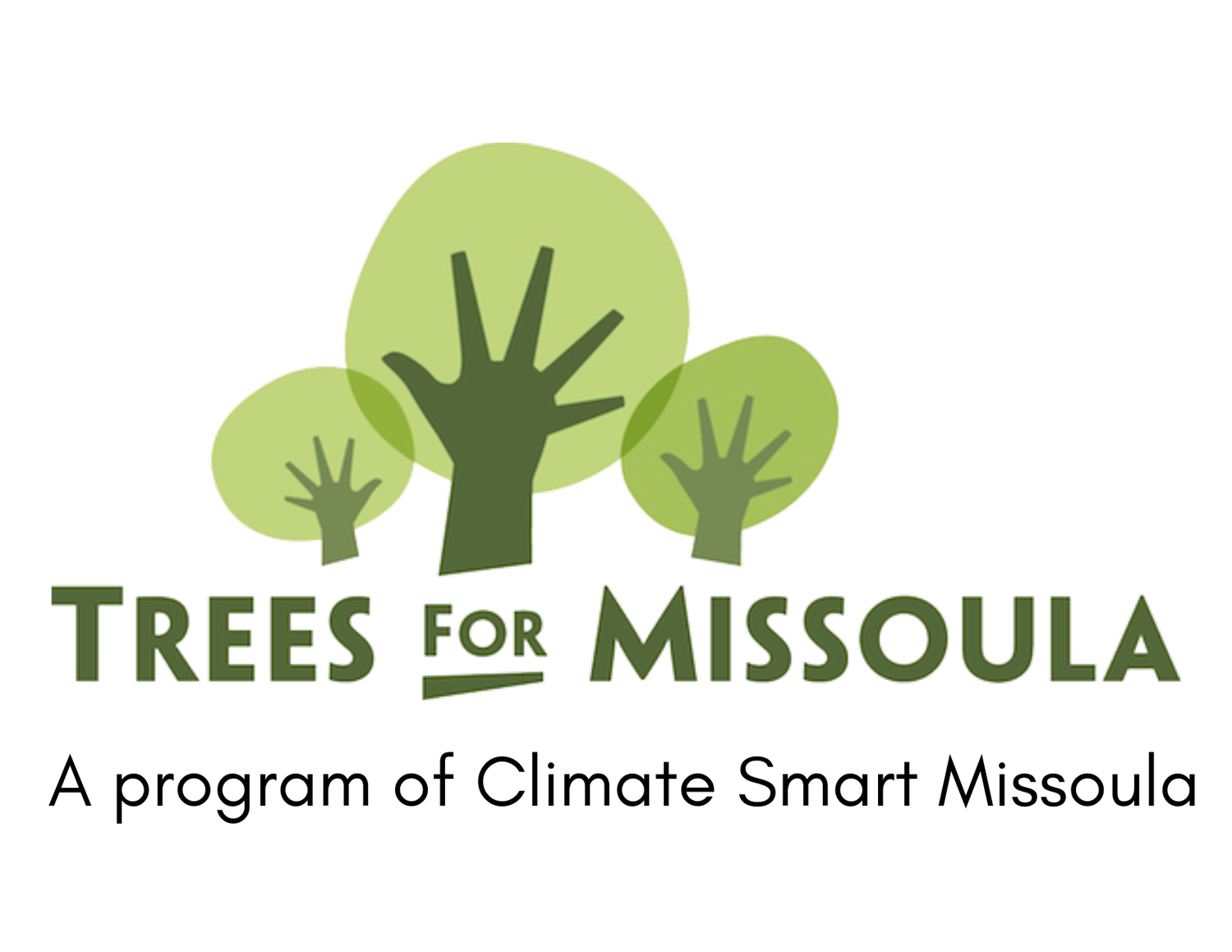Storm Recovery and Resources
-
Coverage of the July 24th storm and post-storm recovery:
Biden approves disaster declaration for Missoula, Powell counties. (Missoulian)
Missoula to begin largest-ever effort to remove hazardous trees. (Montana Free Press)
City of Missoula holds press conference on July 24 windstorm recovery efforts. (KPAX)
City: Multi-decade process to repair Missoula’s urban forest after windstorm. (Missoulian)
‘Unprecedented’: Missoula officials prioritize debris cleanup. (Missoulian)
July storm dealt ‘overwhelming’ damage to Missoula’s trees. (KPAX)
We continue to mourn the widespread damage sustained by our beloved trees during the unprecedented windstorm on July 24, 2024. City of Missoula urban foresters estimate that roughly than a thousand public trees succumbed to total failure due to being uprooted, splintered at the trunk, or from other injury. And approximately 20% of Missoula’s city trees sustained damage of some kind. Tree crews from the city and county have been working tirelessly over the past several months to assess damage, remove debris, prioritize tree removal areas, and offer residents a place to take their trees and branches. We’re so grateful for their efforts - and we know they are overwhelmed.
In a recent press release dated September 30, city officials acknowledged the unprecedented amount of damage and clean up needed by announcing the suspension of all regular operations to prioritize storm recovery efforts. This suspension includes pausing replanting efforts - and that’s where we, the Trees for Missoula community, must rise to the occasion to fill this need.
The storm has only amplified our awareness of just how much Missoulians love trees and our community. Even with the destruction caused, we’ve taken heart in seeing our community come together in support of one another and our urban forest. With that in mind, Trees for Missoula is doing our part to plan for replanting! In the short term, we have created a list of post-storm resources and tips, (below), and we’re working to secure grant funding to purchase trees to replant, with climate resilience in mind. We need a strong, healthy canopy for climate, for health, for community and for happiness.
Thank you, Missoula! We’re looking forward to rebuilding our urban forest with you.
POST-STORM TREE CARE
If your trees were damaged during the storm, please be cautious. If it is safe to do so, remove hanging or dangerous branches from trees. Damaged trees that are still standing may need to be assessed by a professional to determine the degree of injury and need for pruning or removal.
For a how-to on caring for damaged trees visit Tree First Aid After A Storm.
If you have specific questions about a tree on your property, please contact Missoula Parks & Recreation at (406) 552-6253 or citytrees@ci.missoula.mt.us. You can also fill out the online Tree Debris Removal Request Form.
For more information post-storm, visit the Parks & Recreation Storm Damage Information Page.
To find a local arborist, check out the Certified Arborist List.
PLEASE REMEMBER TO WATER YOUR TREES!
Trees require long-term maintenance and especially need water when it’s hot and dry.
Missoula is a semi-arid climate and our gravelly soils make it difficult for trees to hold onto water.
Newly planted and young trees (1-3 years) require the most water, and trees should continue to be watered throughout their lives. In the hottest months of the year (July, August, September), it is particularly important to make sure trees get water.
Many of our trees failed during the storm because improper or lack of care has left them in a weakened state. Watering your trees is vital to maintaining trees’ health and strength, making them more storm-resilient.
Click here for specifics on how to water your trees.
PLANT THE RIGHT TREE AND THE RIGHT PLACE
Cooler temperatures in the fall make for an ideal time to plant.
Avoid planting certain trees that are known for structural issues like Norway maple, cottonwoods, and blue spruce, all of which were identified as being heavily impacted by the July storm.
Using correct planting techniques, planting in the appropriate seasons (Spring and Fall - not in the heat of summer), and proper placement of trees (considering utility lines, buildings, sidewalks, soil type, and so forth) are all crucial to ensure the success of a tree.
You can find thorough planting guidelines here.
For questions or more information, please email info@treesformissoula.org.
